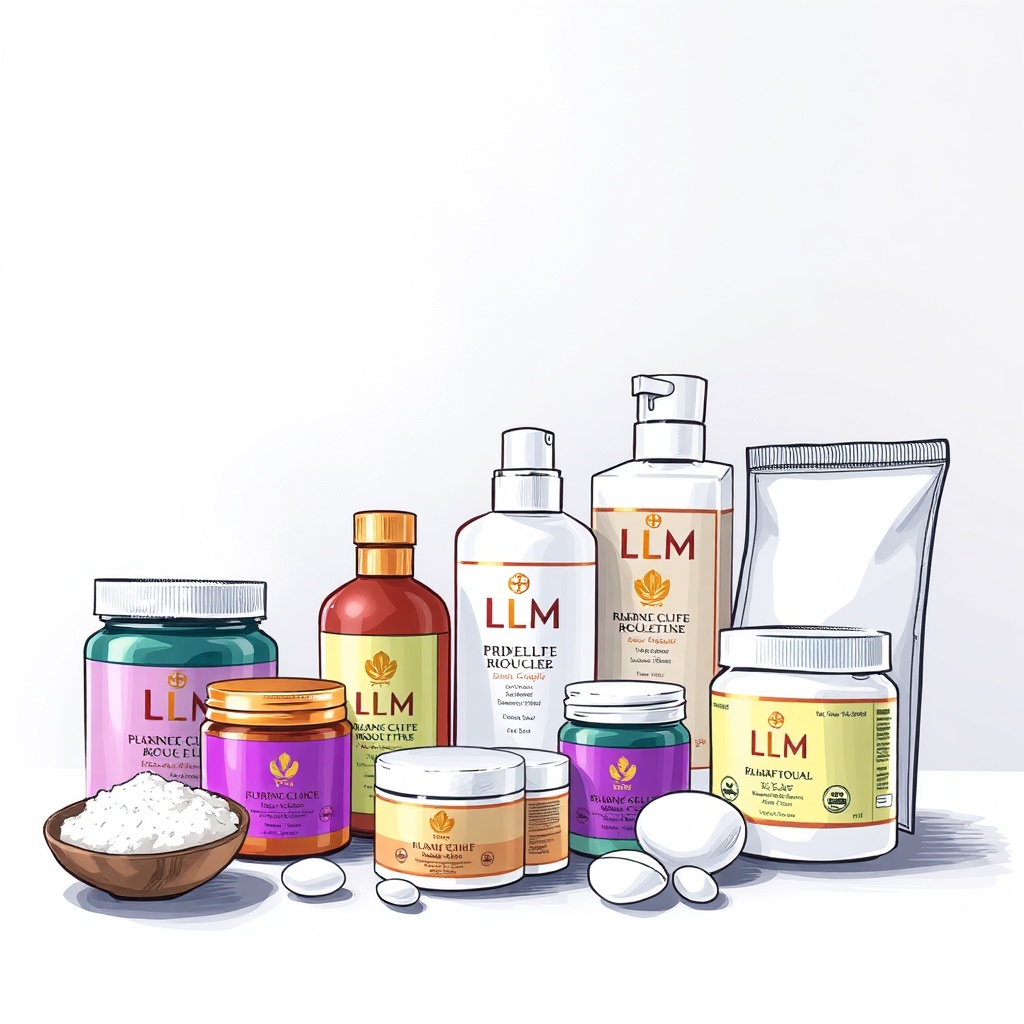MLM Products: How to Evaluate Quality, Safety, and Value
Multi-level marketing products span beauty, supplements, household goods, and lifestyle services. They can offer innovative formulations and convenient buying channels, but product claims, pricing, and business incentives vary widely. Use this practical guide to separate strong offerings from risky ones and make smarter buying or selling decisions.
What to look for in product quality
– Transparent ingredients: Clear labeling with full ingredient lists lets you spot allergens and compare formulations with mainstream brands.
– Third-party testing and certifications: Look for independent lab results, or certifications like USP/NSF for supplements and recognized organic or cruelty-free seals for cosmetics.
– Manufacturing standards: Companies that follow Good Manufacturing Practices (GMP) or publish facility audits are more likely to maintain consistent quality.
– Clinically relevant evidence: For products that make measurable health or performance claims, check for peer-reviewed studies or well-documented clinical trials rather than just testimonials.
Safety and labeling

– Supplements: Check dosage, contraindications, and explicit warnings.
Avoid products making sweeping disease-treatment claims. Consult a healthcare professional before starting new supplements, especially if you’re pregnant, nursing, or taking medications.
– Topicals and cosmetics: Patch-test new products on a small skin area to minimize reactions. Verify preservative systems and expiration dates for safety.
– Household products: Confirm proper usage instructions and ventilation needs; look for material safety data when available.
Pricing and value assessment
– Compare unit price and concentration to retail alternatives. MLM pricing can be higher because of distributor compensation built into the cost, so analyze whether the unique benefits justify the premium.
– Watch for upsells and auto-ship programs. Auto-delivery can be convenient but may lock you into recurring costs that outpace actual usage.
Red flags to watch for
– Emphasis on recruitment over product sales: If most success stories focus on recruiting, profits, or recruiting bonuses rather than product benefits, proceed cautiously.
– Inventory loading: Pressure to purchase large starter packs or maintain high personal inventory typically signals a distribution-first model.
– Vague earnings claims: Shiny income examples without transparent average earnings or documented payout structures deserve skepticism.
– Overstated health claims: Any product claiming to cure, prevent, or treat diseases without credible scientific backing should be treated as suspect.
Consumer and seller tips
– Request sample use before committing to large purchases.
Trial-size products reduce risk and reveal real-world results.
– Read independent reviews from verified customers and third-party review sites. Filter out incentivized testimonials.
– Check the company’s refund and return policies.
A generous, straightforward money-back guarantee is a sign of confidence in the product.
– Understand the compensation plan if you’re considering selling. Look for transparency around commissions, timelines to earn, and realistic time commitments.
– Confirm legal and ethical compliance: membership in reputable direct-selling trade associations and prompt handling of complaints are positive signs.
Sustainability and sourcing
Demand for ethically sourced, low-waste options is growing. Ask about ingredient origins, packaging recyclability, and corporate sustainability commitments if these factors matter to you.
Making a decision
Evaluate MLM products the same way you would any purchase: check ingredient and manufacturing transparency, validate claims with independent evidence, compare price and value, and assess business practices and return policies. Doing a little due diligence up front helps you enjoy genuine finds while avoiding common pitfalls in the direct-selling space.